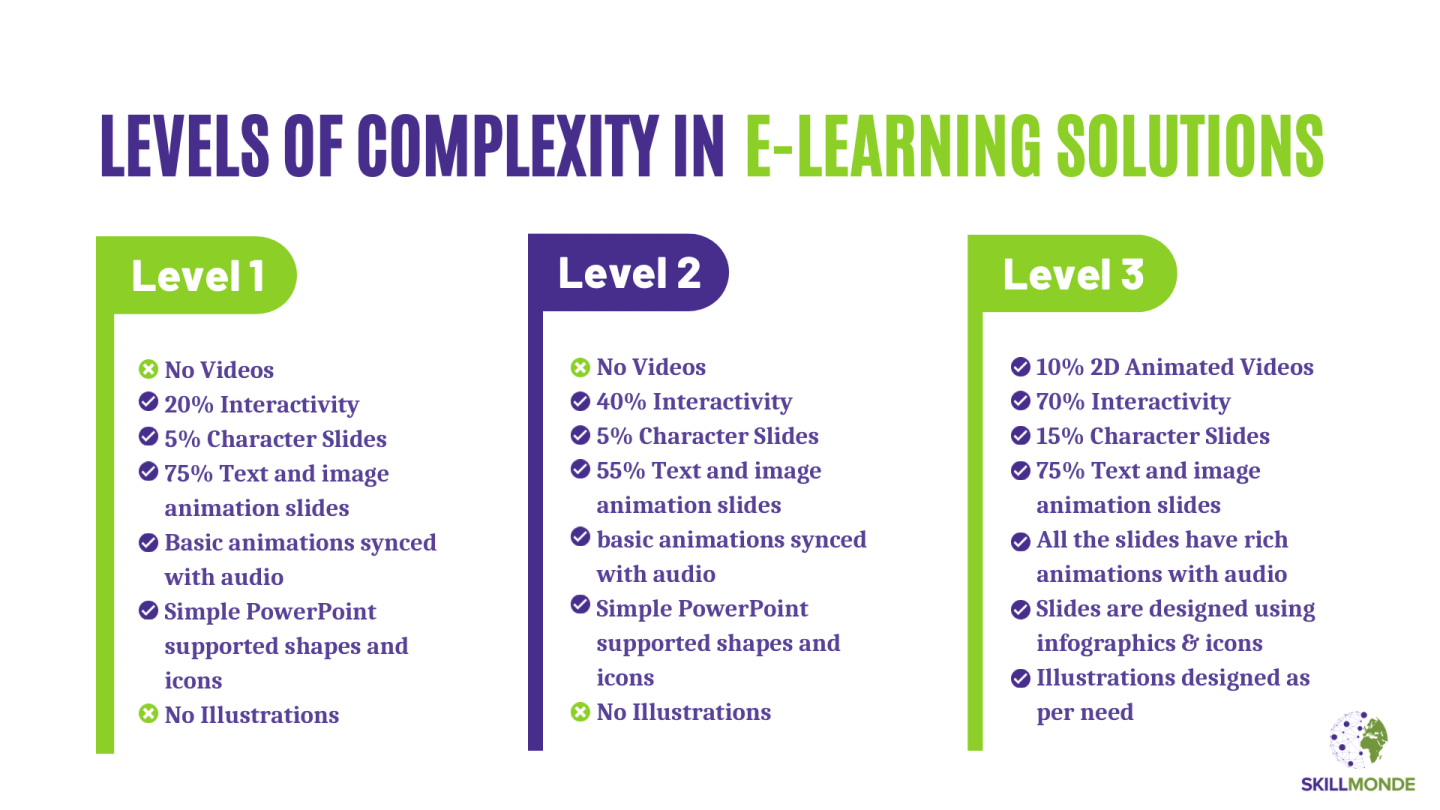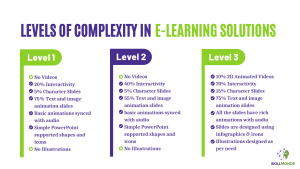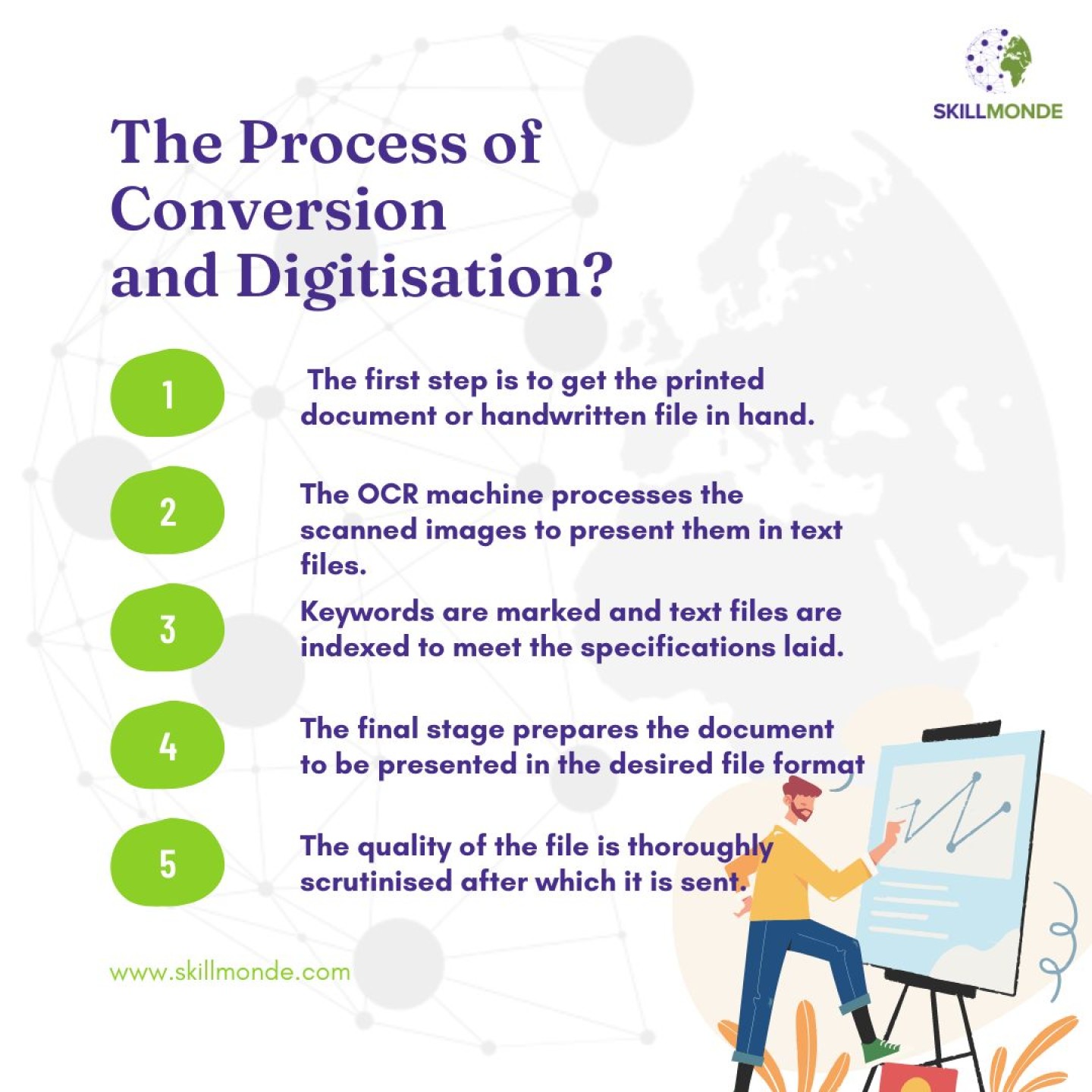In today's digital age, social media has become a powerful tool for brands to connect with their audience, build their reputation, and drive growth. With new platforms emerging and algorithms constantly changing, staying ahead of the curve is essential for companies, brand managers, and CMOs. As we look ahead to 2024, it's crucial to adopt innovative social media strategies that not only enhance your brand's presence but also engage your audience effectively. Whether you're a freelancer, a startup, or an established company, these strategies will help you navigate the ever-evolving landscape of social media marketing. In this blog, we'll explore the top social media strategies to boost your brand in 2024.
Challenges in Social Media Marketing
Despite the vast opportunities that social media offers, navigating its complexities comes with several challenges. Understanding these hurdles can help you better prepare and strategize for effective social media marketing.
- Constantly Changing Algorithms: Social media platforms frequently update their algorithms, which can impact the visibility of your content. Staying updated with these changes and adapting your strategy accordingly is essential to maintain your reach and engagement.
- Content Saturation: With millions of posts being shared daily, standing out in a crowded social media landscape can be challenging. Creating unique, high-quality content that captures your audience's attention is crucial.
- Managing Multiple Platforms: Each social media platform has its own unique features and audience. Managing multiple accounts and tailoring content for each platform can be time-consuming and require a well-coordinated strategy.
- Measuring ROI: Demonstrating the return on investment (ROI) of social media efforts can be difficult. Identifying the right metrics and effectively tracking performance to show tangible results is vital for justifying your social media marketing efforts.
- Negative Feedback and Crisis Management: Social media is a public forum where negative feedback can quickly escalate. Having a plan in place for handling negative comments and managing crises is essential for maintaining your brand's reputation.
Understanding these challenges and preparing to address them will set the foundation for a successful social media strategy. Now, let's delve into the specific strategies that can help you overcome these challenges and boost your brand in 2024.
1. Leverage Video Content
Video content continues to dominate social media, and its popularity is only expected to grow. Brands that incorporate video into their social media strategies see higher engagement rates and better reach. Here are some tips for leveraging video content effectively:
- Live Streaming: Engage with your audience in real-time through live streams. Platforms like Instagram, Facebook, and LinkedIn offer live streaming options that can help you connect with your followers on a more personal level.
- Short-Form Videos: Short-form videos, such as those on TikTok and Instagram Reels, are incredibly popular. They are perfect for showcasing your brand's personality and creativity.
- Behind-the-Scenes Content: Give your audience a glimpse behind the curtain with behind-the-scenes videos. This type of content humanizes your brand and builds trust with your audience.
Tools to Help with Video Content:
- Adobe Premiere Pro: A professional video editing software that allows you to create high-quality videos.
- Canva: Offers easy-to-use video editing tools for creating engaging short-form videos.
- SkillMonde: Connect with talented freelance videographers who can help you produce high-quality video content. Sign up on SkillMonde to find freelance opportunities.
2. Embrace Influencer Marketing
Influencer marketing continues to be a powerful strategy for brands looking to expand their reach and credibility. Collaborating with influencers can help you tap into their established audience and build trust quickly. Here’s how to make the most of influencer marketing:
- Identify the Right Influencers: Choose influencers who align with your brand values and have a genuine connection with their audience.
- Micro-Influencers: Don’t overlook micro-influencers. They may have smaller followings, but they often boast higher engagement rates and more loyal audiences.
- Long-Term Partnerships: Build long-term relationships with influencers rather than one-off collaborations. This approach can lead to more authentic and impactful endorsements.
Tools to Help with Influencer Marketing:
- BuzzSumo: Helps you find influencers in your niche and analyze their social media presence.
- HypeAuditor: Provides detailed analytics and reports on influencers to help you make informed decisions.
- SkillMonde: Find freelance influencers and marketing experts to boost your brand’s presence. Explore influencers on SkillMonde.
3. Optimize for Social Media SEO
Social media platforms are increasingly becoming search engines in their own right. Optimizing your social media profiles and content for search can significantly enhance your visibility. Here’s how to optimize for social media SEO:
- Profile Optimization: Ensure that your social media profiles are fully optimized. This includes using relevant keywords in your bio, including links to your website, and maintaining a consistent brand image.
- Hashtag Strategy: Use relevant hashtags to increase the discoverability of your content. Research trending hashtags in your niche and incorporate them into your posts.
- Content Optimization: Create content that is optimized for search within the platform. This includes using keywords in your captions, alt texts for images, and descriptions for videos.
Tools to Help with Social Media SEO:
- Google Keyword Planner: Helps you find relevant keywords to use in your social media content.
- Hashtagify: Allows you to discover trending hashtags and analyze their popularity.
- SkillMonde: Hire SEO experts and social media strategists to enhance your social media optimization efforts. Find SEO freelancers on SkillMonde.
4. Engage with User-Generated Content (UGC)
User-generated content (UGC) is a powerful way to build community and trust around your brand. Encouraging your audience to create content related to your brand can boost engagement and authenticity. Here’s how to leverage UGC effectively:
- Create Hashtag Campaigns: Encourage your followers to share their experiences with your brand using a specific hashtag. This not only increases engagement but also provides you with a wealth of content to share.
- Feature UGC: Regularly feature user-generated content on your social media profiles. This not only showcases your community but also motivates more followers to create content.
- Incentivize Participation: Offer incentives such as contests, giveaways, or discounts to encourage your audience to participate in UGC campaigns.
Tools to Help with UGC:
- TINT: A platform that helps you collect, curate, and display user-generated content.
- Yotpo: Assists in gathering and showcasing customer reviews and photos.
- SkillMonde: Connect with social media managers who can help you develop and execute UGC campaigns. Find social media freelancers on SkillMonde.
5. Utilize Data and Analytics
Data-driven decision-making is essential for effective social media marketing. By analyzing your social media performance, you can gain valuable insights into what’s working and what’s not. Here’s how to utilize data and analytics effectively:
- Track Key Metrics: Monitor important metrics such as engagement rates, reach, impressions, and conversions. Understanding these metrics can help you refine your strategy.
- A/B Testing: Experiment with different types of content, posting times, and ad formats to see what resonates best with your audience.
- Adjust Strategy Based on Insights: Use the insights gained from your analytics to adjust your social media strategy. Continuously optimizing your approach will help you achieve better results.
Tools to Help with Data and Analytics:
- Google Analytics: A comprehensive tool for tracking website and social media performance.
- Sprout Social: Provides in-depth social media analytics and reporting features.
- Hootsuite Analytics: Offers robust analytics tools to measure the performance of your social media campaigns.
- SkillMonde: Hire data analysts and social media experts who can help you interpret data and optimize your strategy. Find analytics freelancers on SkillMonde.
Conclusion
In 2024, staying ahead in the ever-evolving landscape of social media marketing requires innovative strategies and a data-driven approach. By leveraging video content, embracing influencer marketing, optimizing for social media SEO, engaging with user-generated content, and utilizing data and analytics, you can significantly boost your brand's presence and engagement. Whether you're a freelancer, a startup, or an established company, these strategies will help you navigate the complexities of social media marketing and achieve your business goals.
For expert social media marketing and optimization services, consider hiring experienced freelancers who can help you elevate your brand. Sign up on SkillMonde to find freelance opportunities or to hire freelancers for your social media marketing needs. Stay tuned for more insights and tips on social media strategies!







